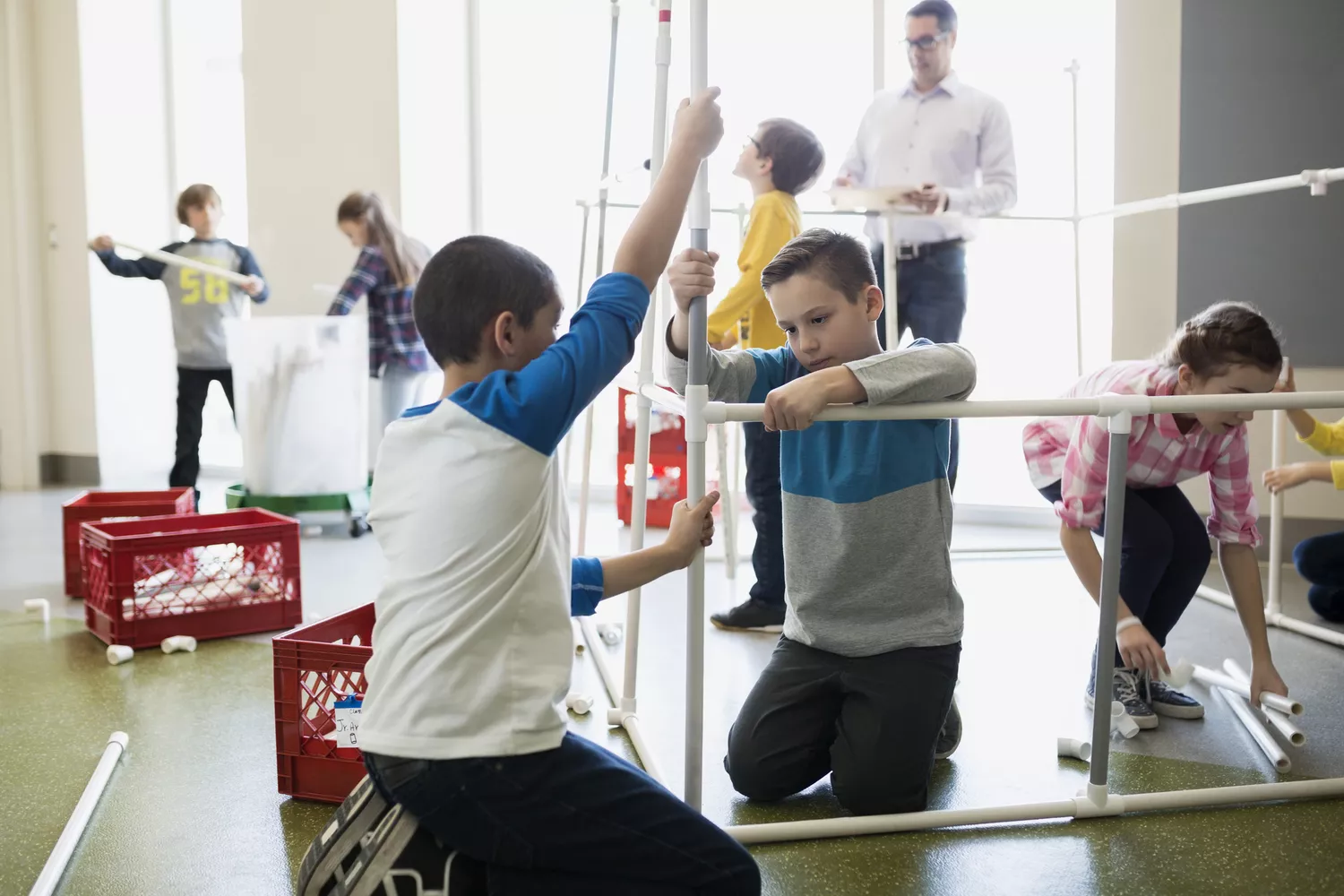
When considering a dress code or a uniform, the majority of people will call to mind the stereotyped images we see in media: pressed and proper uniforms at military colleges, the navy sports jackets or sports coats with ties and slacks at kids schools, and the plaid skirts and white shirts with knee socks and gown shoes at women schools. But is this clothing actually the standard at independent schools?
Numerous independent schools associate the majority of their consistent customs and dress codes back to their British public school roots. The formal starched collars and tails used by Eton College kids are world-famous, however they are hardly common of a normal school uniform nowadays.
Far more typical is a looser dress code consisting of the blazer, white shirt, school tie, slacks, socks, and black shoes for young boys; and the choice of wearing gowns, or a sports jacket and blouse with slacks or skirts, standard for women.
What Is the Difference Between a Uniform and a Dress Code?
The very word uniform recommends the raison d’etre, or the factor behind, “unis” as some of the private school crowd calls them. It is one specific and basic design of gown that every student wears, so that everybody looks, well, uniform.
Some school uniforms enable optional additions, such as sweaters or vests to wear over the uniforms. While the rules at every school will vary, and some will also allow students to add their own individual flair, dressing up their basic outfit with headscarfs and other accessories, there are normally constraints to how much can be contributed to the uniform.
Compared to a uniform, a dress code is a summary of acceptable clothes that isn’t restricted to a couple of alternatives. It functions as more of a standard instead of a rigid guideline, and provides more flexibility for trainees. Many view dress code as an effort to create conformity as opposed to uniformity.
Gown codes can vary by school and range from more official dress codes needing specific colors and minimal choices of outfit to more flexible alternatives that may simply forbid particular types of attire.
Why Do Schools Have Uniforms and Dress Codes?
Many schools have actually implemented uniforms and dress codes for both practical and social reasons. Practically speaking, a standardized uniform enables a child to get by with a minimum quantity of clothing. You have your everyday wear and after that a Sunday finest outfit for more formal celebrations.
A uniform also often functions as a marvelous equalizer of social status. It matters not whether you are the Earl of Snowdon or the kid of the regional greengrocer when you put on that uniform. Everyone looks the very same. Harmony rules.
Often, nevertheless, students have been known to conquer this matching element by various improvements, such as accessories and jewelry, that they would add to their uniforms.
Do Uniforms Improve Test Scores and Enhance Discipline?
Back in the ’90s, Long Beach Unified School District instituted a dress code policy for its trainees. Advocates of the policy claimed that the gown code developed an environment for education which led to improved test scores and much better discipline. Research study differs on this, and students, moms and dads, and instructors frequently disagree as to what is best.
Parents and students typically point out the uniforms’ limitation of personal styles and expression. On the other hand, instructors are often mostly helpful of uniforms and gown codes because of the perceived improvements in both student performance and behavior.
The typically accepted opinion is that uniforms alone do not improve test scores. What they affect is the school’s total discipline and attendance, which in turn, in addition to numerous other elements, result in an improvement in trainees’ academics.
That said, private schools generally develop an environment for finding out more regularly than public schools do, to begin with. Uniforms and dress codes are just one part of the formula for success.
What About Teachers’ Dress Codes?
Most independent schools also have dress codes for teachers. While the guidelines for adults may not mirror that of trainees, they are frequently similar, engaging professor in modeling etiquette and best dressing practices.
What Happens When You Disregard the Uniform or Dress Code?
Now, we all understand that trainees of any age have their methods of getting around dress code requirements. The slacks have a method of ending up being a bit baggier than the school regulations planned.
This can be difficult for schools to implement, and infractions can lead to differing reactions, varying from spoken reminders to detention and even official disciplinary action for duplicated culprits.




